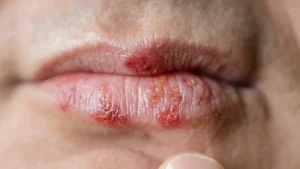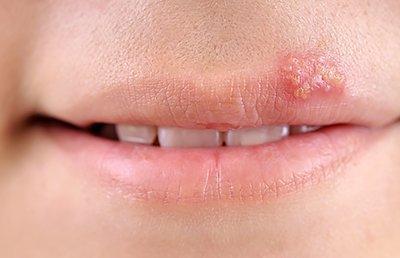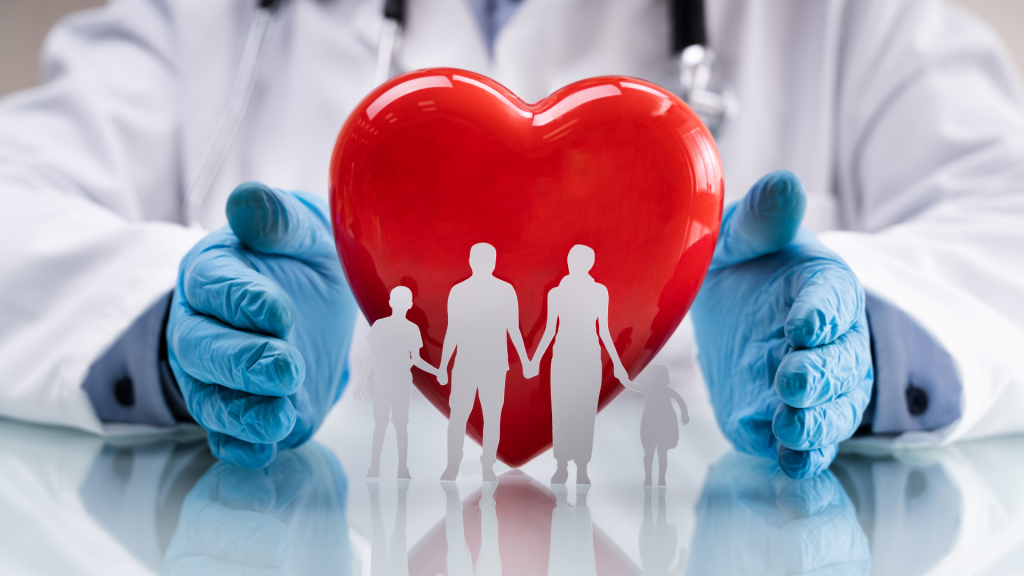
Not every blister on the lip is a cold sore. Explore the various causes of lip blisters, including viral infections, sunburn, and allergic reactions. Learn when to seek medical advice.
Introduction
Blisters on the lip are often mistaken for cold sores due to their similar appearance. However, not all lip blisters are cold sores. Several conditions can cause blistering on the lip, each with distinct triggers and treatments. This comprehensive guide delves into the various reasons for a blister on lip not cold sore, providing essential knowledge to help differentiate between these conditions.
Introduction to Lip Blisters and Cold Sores
A cold sore, caused by the herpes simplex virus (HSV), is a common lip condition. It typically manifests as a painful, fluid-filled blister. Yet, not every blister on the lip is a cold sore. Recognizing this distinction is crucial, as misidentification can lead to improper treatment. Many other ailments also cause similar blisters, each requiring its own approach to care.
Viral Infections and Lip Blisters
While HSV is the most well-known virus associated with lip blisters, other viral infections can cause blisters as well. For example, hand, foot, and mouth disease, typically seen in children, can lead to blisters around the mouth and lips. Another example is the varicella-zoster virus, responsible for chickenpox and shingles. These conditions may present with blisters that are often mistaken for cold sores.
Allergic Reactions and Lip Blisters
Allergic reactions can trigger blisters on the lips as well. Contact dermatitis, an allergic response to substances such as certain lip balms, cosmetics, or foods, can result in blister formation. These blisters are not related to the herpes virus, but they can appear similar. Identifying and avoiding the allergen is key to preventing recurrence.
Sunburn and Lip Blisters
Overexposure to the sun’s harmful UV rays can cause significant damage to the lips, leading to sunburn. In severe cases, sunburn can result in the development of blisters on the lips. Unlike cold sores, these blisters are not contagious and occur due to the direct effects of UV damage.
Canker Sores: A Common Misdiagnosis
Canker sores are often mistaken for cold sores, especially when they occur near the lips. However, canker sores are typically found inside the mouth and are not caused by the herpes virus. These sores can be triggered by stress, trauma to the tissue, or acidic foods, and they usually heal on their own.
Syphilis: A Serious Condition Often Confused with Cold Sores
Syphilis, a sexually transmitted infection, can cause sores or blisters on the lips. These sores, known as chancres, are often painless but can easily be confused with cold sores due to their appearance. Proper diagnosis through medical testing is crucial for effective treatment, as untreated syphilis can lead to severe health complications.

Oral Cancer: A Rare but Serious Cause of Lip Blisters
Though rare, oral cancer can sometimes present with sores or blisters on the lips. These sores may resemble cold sores but do not heal as quickly and may be accompanied by other symptoms, such as unexplained weight loss or persistent pain. If a lip blister persists or changes in appearance, it is essential to seek medical advice.
Angular Cheilitis: Not a Cold Sore, but Easily Confused
Angular cheilitis is an inflammatory condition that affects the corners of the mouth. It can cause redness, cracking, and blistering at the edges of the lips. Unlike cold sores, which are viral, angular cheilitis is often caused by fungal or bacterial infections, making the treatment approach different.
Chapped Lips and Blisters
Severe chapping of the lips can sometimes lead to the development of small blisters. When the lips become excessively dry and cracked, they may become prone to blisters. While these blisters may resemble cold sores, they are typically caused by environmental factors such as cold weather or wind exposure.
Impetigo: A Bacterial Cause of Lip Blisters
Impetigo is a bacterial infection caused by Staphylococcus or Streptococcus bacteria. It commonly affects children but can occur in people of any age. Impetigo can cause blisters around the mouth that may appear similar to cold sores. Unlike cold sores, however, impetigo is treated with antibiotics.
Contact Dermatitis and Blisters on the Lips
Certain chemicals or irritants found in everyday products can lead to contact dermatitis. When this condition affects the lips, it can cause blisters to form. Unlike cold sores, which are viral in nature, blisters from contact dermatitis are a reaction to an irritant or allergen.
Lip Trauma: A Frequent Cause of Blisters
Physical trauma to the lips, such as biting or injury, can lead to the formation of blisters. These blisters are not related to viral infections like cold sores and typically heal without medical intervention. Nonetheless, protecting the lips from further injury is important for a quick recovery.

Fever Blisters: Not Always a Cold Sore
Fever blisters are commonly associated with cold sores, but they can also develop without a herpes infection. High fevers and illnesses can sometimes trigger blisters around the mouth, resembling cold sores. However, the underlying cause is different, and proper care involves addressing the fever or illness.
Hormonal Changes and Lip Blisters
Hormonal fluctuations, especially in women during certain life stages, can sometimes trigger lip blisters. These blisters, while similar in appearance to cold sores, are not caused by a viral infection. They often occur due to changes in the body’s internal environment.
Eczema and Lip Blisters
Eczema, a chronic skin condition, can cause dryness and irritation on the lips, sometimes leading to blisters. These blisters, although not cold sores, can be uncomfortable and require proper skincare to manage. Unlike viral infections, eczema is related to inflammation and skin sensitivity.
Stress-Induced Blisters on the Lips
Stress is a well-known trigger for cold sores, but it can also lead to non-herpetic blisters on the lips. Stress weakens the immune system, making the skin more vulnerable to irritation and blisters. These blisters often heal once stress levels are reduced and skin care is improved.
Nutritional Deficiencies and Lip Blisters
Certain nutritional deficiencies, such as a lack of vitamin B12, can cause sores or blisters to form on the lips. These blisters are not related to cold sores but can still be painful and disruptive. A balanced diet and proper supplementation are essential for preventing deficiency-related blisters.
Autoimmune Disorders and Lip Blisters
Autoimmune disorders like lupus or pemphigus can cause blisters on the skin, including the lips. These blisters are not caused by the herpes virus, but by the immune system attacking the body’s own tissues. Managing these disorders often requires specialized medical care.
Insect Bites and Lip Blisters
Although rare, insect bites can sometimes lead to blistering on the lips. Mosquitoes, spiders, or other insects may cause irritation that results in small, fluid-filled blisters. These blisters are not cold sores, but may resemble them, especially if they appear on or near the lips.

Differentiating Between Cold Sores and Other Blisters
Accurately distinguishing a cold sore from other lip blisters is essential for proper treatment. Cold sores are typically accompanied by tingling or burning sensations before the blister appears, whereas other types of blisters may not have such clear warning signs. Understanding the specific cause helps guide effective treatment.
Conclusion
If you’re experiencing a blister on lip not cold sore, it’s important to determine the root cause. While many blisters heal on their own, others may require medical attention, especially if they persist, change in appearance, or cause significant discomfort. Consulting a healthcare provider ensures you receive the appropriate diagnosis and treatment.





